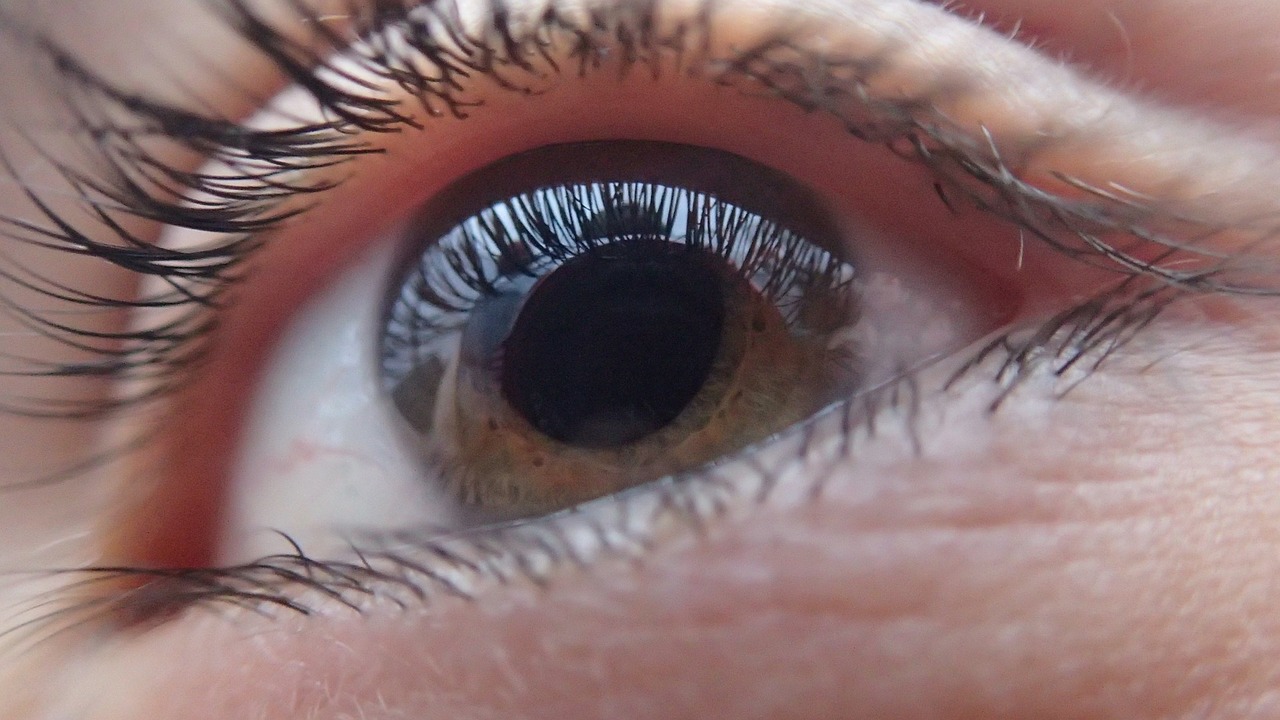Glaucoma is something of the ”ready-salted crisps” of the ophthalmology world. It’s pervasive and common, frequently encountered and well-known, but not something that really excites the palate. Many working in ophthalmology have other preferred specialities, from diabetic retinopathy to cataracts.
Sometimes more unusual diseases tempt one’s “palate” more readily, like ocular syphilis for example, though it may not be everyone’s medical malady. Glaucoma can appear unappreciated at times, but it shouldn’t be. There are exciting developments in glaucoma, rising exponentially like a patient’s intraocular pressure (IOP).
This is welcome news as glaucoma is such a common condition, affecting millions of patients around the world every year. New developments in the condition will thus have a significant impact on both patients and the industry. Indeed, some of them apply to friends of a more furry nature . . .
The rhythm of the ophthalmology industry is pulsing with many new initiatives and developments at present, so it’s perhaps fitting to begin with circadian rhythms. Published in February this year, Circadian Rhythm and Glaucoma: What do We Know?1 is a study examining circadian regulation disorders and their involvement in glaucoma. The researchers involved in the study argue that they may have a substantial impact on the onset and progression of glaucoma.
Normal circadian rhythm and IOP peaks at night, whereas blood pressure (BP) troughs at night. This results in low ocular perfusion pressure and the potential for unobserved damage to retinal tissues and the optic nerve. Circadian-related melatonin and sleep disorders also result in changes in IOP and ocular perfusion pressure, that lead to the progression of glaucoma. Disruption of the circadian rhythm also contributes to sleep and mood disorders common in individuals with glaucoma.
They conclude that glaucoma progression is influenced by multiple physiological factors regulated by the circadian rhythm, and that progression of the disease may also cause physiological changes that lead to circadian-related issues. It’s this kind of multilateral and broad-focused approach that’s making glaucoma development so exciting. Considering psychological factors will likely have a broad and beneficial impact on patient outcomes.
It’s All about those Ganglion Cells
More research in glaucoma abounds, and Dr. Dorota Skowronska-Krawczyk from the University of California, San Diego, is making waves. She was recently awarded the Shaffer Prize for Innovative Glaucoma Research, presented by the Glaucoma Research Foundation. Her project investigated early removal of senescent cells in the retina to prevent major retinal ganglion cell death upon elevated intraocular pressure.
Dr. Skowronska-Krawczyk’s research investigated the hypothesis that removal of early senescent retinal ganglion cells (RGCs) impacts the progression of RGC loss in a model of glaucoma. She wanted to determine whether the removal of early senescent RGCs prevents vision loss.
According to Dr. Skowronska-Krawczyk, her research proves that early removal of senescent cells in their model prevents major RGC cell death upon elevated intraocular pressure.2 According to Thomas M. Brunner, the president of and CEO of the Glaucoma Research Foundation, her research “is important because it demonstrated a potential new approach to saving the retinal ganglion cells and preserving vision in glaucoma.” Kudos!
Glaucoma is a bit like David Bowie, it’s all about being under pressure. In that vein, a group of researchers at the University of South Florida announced earlier this year that they discovered a novel feedback pathway from the brain to the eye that modulates eye pressure. They claim that this could offer serious development in diagnosing and treating glaucoma.
The researchers focused on intracranial pressure (ICP) rather than IOP to prove the hypothesis that ICP modulates IOP by altering aqueous humour dynamic. The anterior chamber and lateral ventricle of anaesthetized Brown‐Norway rats were cannulated with fine‐gauge needles connected to a programmable pump and saline reservoir, respectively. ICP was manipulated by varying reservoir height, and eye outflow facility was determined from the pump flow rate required to hold IOP at different levels.3
The conclusion reached was that increased ICP lowers conventional outflow facility, and increases aqueous outflow resistance in rat eyes. This indicates that aqueous humour dynamics is modulated by ICP‐driven neural feedback from the brain, and that feedback mechanism may act to stabilize translaminar pressure across the optic nerve head. This represents a tremendous opportunity for new glaucoma therapy.
If Your Dog Barks, Has It Got Something in its Eye?
The future of glaucoma doesn’t just belong to humans alone, our canine comrades stand to benefit too. Glaucoma is a serious condition amongst dogs, in fact it’s the leading cause of blindness for the species. Sadly, unlike humans, progressive vision loss caused by glaucoma in dogs is not considered to be preventable.
The Future of Canine Glaucoma Therapy4 examines how this sad fact can be overcome by focusing on surgical, rather than pharmaceutical intervention. This is because, according to the researchers, new glaucoma medications are developing too slowly and may not be suitable for dogs. This led the researchers to examine a number of novel surgical techniques.
These include gene and stem cell therapy to control IOP, modification of the eye’s biomechanical properties and neuroprotection. While recognizing that progress is being made, the researchers conclude that early diagnosis remains the most effective tool for veterinary ophthalmologists. They also called for improved research and funding opportunities.
All of these exciting developments represent the tip of the glaucoma iceberg and we look forward to analyzing more research as they emerge in the coming years. This especially applies to upcoming conferences and other opportunities still afforded to the ophthalmology community during the coronavirus pandemic.
References
- Ciulla L, Moorthy M, Mathew S et al. Circadian Rhythm and Glaucoma: What do We Know? Journal of Ophthalmology. 2020;29(2):127-132.
- Glaucoma Research Foundation. Glaucoma Research Foundation Awards 2020. Available from https://www.glaucoma.org/news/glaucoma-research-foundation-awards-2020-shaffer-prize-to-dorota-skowronska-krawczyk-phd.php. Accessed on September 11, 2020.
- Ficarrotta KR, Passaglia CL. Intracranial Pressure Modulates Aqueous Humour Dynamics of the Eye. The Journey of Physiology. 10.1113/JP278768.
- Komáromy AM, Bras D, Esson DW, et al. The Future of Canine Glaucoma Therapy. Veterinary Ophthalmology. 2019; 22(5): 726–740.



